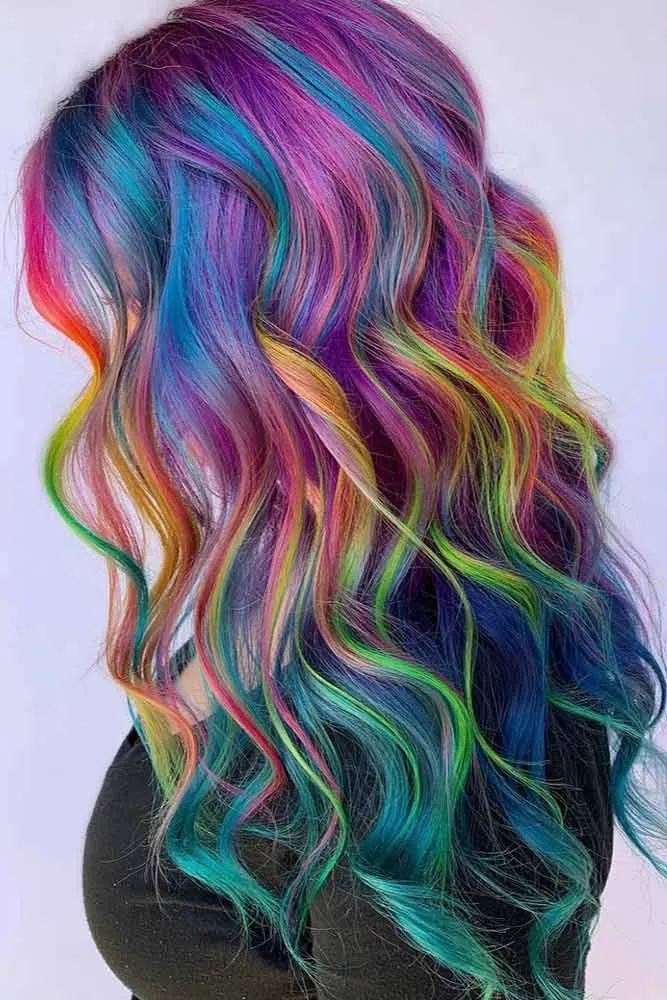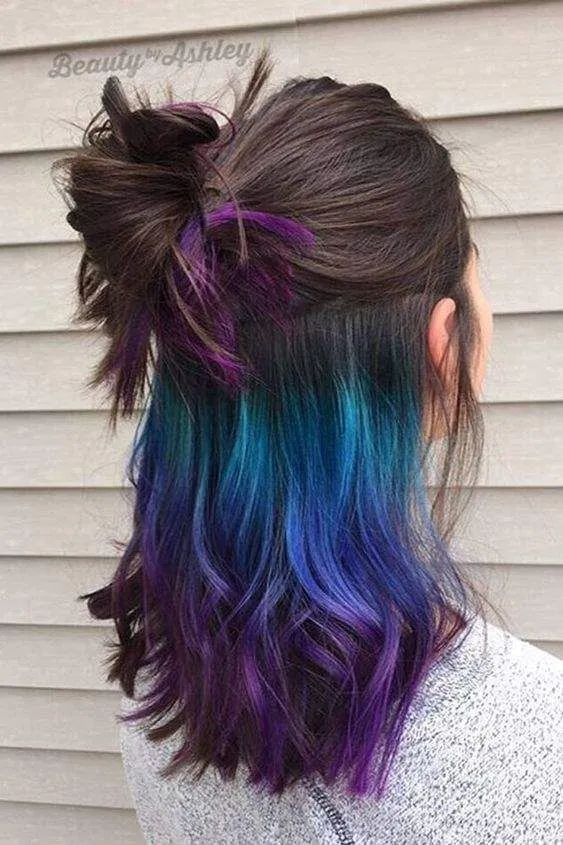Are you considering a change in your hair color? Perhaps you want to experiment with a new look, cover grays, or enhance your natural shade. Whatever the reason, understanding the nuances of hair coloring and dyeing is essential to achieve the results you desire. In this comprehensive guide, we’ll explore the differences between dyeing and coloring hairs, discuss the merits of both, and provide tips on how to choose the right hair color. We’ll also delve into the process of dyeing your hairs at home and emphasize the importance of professional hair color services. Additionally, we’ll address common questions like whether you can dye over existing hair color and the timing for changing it.
Understanding the Terminology: Hair Coloring vs. Hair Dyeing
Before delving into the world of hair color, it’s important to clarify the terminology. “Hair coloring” and “hair dyeing” are often used interchangeably, but they can have slightly different implications:
- Hair Coloring: Hair coloring typically refers to altering the hair’s shade using semi-permanent or temporary products like hair rinses, sprays, or chalks. These options provide a less permanent change and may gradually fade with each wash.
- Hair Dyeing: Hair dyeing usually involves using permanent or semi-permanent dye to change the hair color more significantly. This process can lighten, darken, or completely transform, and it typically lasts longer than hair coloring.
Hair Color vs. Hair Dye: Which is Better?
The choice between hair coloring and hair dyeing depends on your desired outcome and the level of commitment you’re comfortable with:
- Hair Color: Hair color products are a great choice if you want a temporary change or highlights that will wash out after a few shampoos. They’re ideal for experimenting with new looks without a long-term commitment.
- Hair Dye: Hair dye provides a more permanent transformation, making it the better option for those seeking a lasting change in hair color. It’s particularly useful for covering gray hair or achieving dramatic shifts.

Can I Dye Over Existing Hair Color?
Yes, you can dye over existing hair color, but the results will depend on several factors:
- Current Hair Color: If your hairs are already colored, the new dye may interact with the existing color. For example, dyeing over dark hair with a lighter shade may require a remover or bleaching before applying the new one.
- Hair Condition: The condition of your hair is crucial. Healthy, undamaged hair is more receptive to changes. Damaged hair may require extra care and conditioning before the dyeing process.
- Type of Dye: The type of dye you use matters. Permanent dyes can fully cover existing color, while semi-permanent dyes may blend with or enhance the current shade.
- Professional Assistance: If you’re unsure about dyeing over existing color, it’s best to consult a professional stylist who can assess your hair and recommend the best course of action.
How Long After Dyeing Your Hair Can You Dye It a Different Color?
The timing for changing your hair color largely depends on the type of dye used and the condition:
- Permanent Dye: If you’ve used a permanent dye, it’s generally safe to apply a different color after a few weeks. However, consider the health of your hair and consult a professional for guidance.
- Semi-Permanent Dye: Semi-permanent dyes gradually fade with each wash, making it easier to change colors sooner, typically after a few washes.
- Professional Advice: For major color changes or if you’re uncertain about the timing, consult with a hairstylist. They can assess your hair and provide personalized recommendations.
Choosing the Right Color
Now that we’ve clarified the terminology and answered common questions, let’s focus on the crucial aspect of choosing the right hair color:
- Skin Tone: Your skin undertone plays a significant role in determining the most flattering hair color. Cool-toned individuals may opt for ashy or cool shades, while warm-toned individuals may prefer golden or warm hues.
- Natural Hair Color: Consider your natural hair color as a starting point. If you’re going significantly lighter or darker, it may require more maintenance.
- Eye Color: Your eye color can also influence the choice of colors for you. Complementary colors can enhance your overall look.
- Lifestyle and Maintenance: Think about how much time and effort you’re willing to invest in maintaining your hair color. Some shades may require more frequent touch-ups than others.
- Consult a Professional: If you’re uncertain about which hair colors suits you best, consult with a hairstylist who can provide expert advice and even perform a colors analysis.
Dyeing Your Hair at Home
Dyeing your hair at home can be a cost-effective and convenient option. Here are some tips for a successful at-home dyeing experience:
- Read the Instructions: Always follow the instructions provided with the hair dye product. Different brands and types of dyes may have varying application processes.
- Patch Test: Conduct a patch test to check for allergies or adverse reactions before applying the dye to your entire head.
- Prepare Properly: Make sure your hair is clean and free of any styling products before dyeing. Section your hair for even application.
- Timing Matters: Follow the recommended processing time, but keep an eye on your hair to prevent over-processing or under-processing.
- Post-Dye Care: After rinsing, use a color-safe shampoo and conditioner to maintain your new hue. Protect your hairs from sun exposure and heat styling to extend the life of the colors.

The Importance of Professional Hair Color Services
While DIY hair dyeing can be a fun and budget-friendly option, there are situations where professional services are invaluable:
- Complex Color Changes: If you’re going from dark to light, attempting color corrections, or seeking intricate color techniques like balayage or ombre, professionals have the expertise to achieve the desired results.
- Customization: Professional colorists can customize your colors to suit your individual preferences, taking into account factors like skin tone, eye color, and lifestyle.
- Product Knowledge: They have access to high-quality professional-grade products that may yield better and longer-lasting results than store-bought options.
- Damage Prevention: Professionals are skilled at minimizing damage during the process and can recommend treatments to maintain hair health.
- Consistency: Achieving consistent, even doing the process can be challenging at home, especially for those with long or thick hair. Professionals ensure uniform results.
In conclusion, whether you choose to dye or color, the decision should align with your goals, maintenance preferences, and the current condition. Understanding the differences between hair coloring and dyeing, along with considering your skin tone, natural hair color, and other factors, will help you make the right choice. While DIY dyeing is accessible and fun, professional hair color services provide expertise and customization that can elevate your transformation. Always prioritize the health of your hair and seek professional advice when in doubt to achieve the best results.